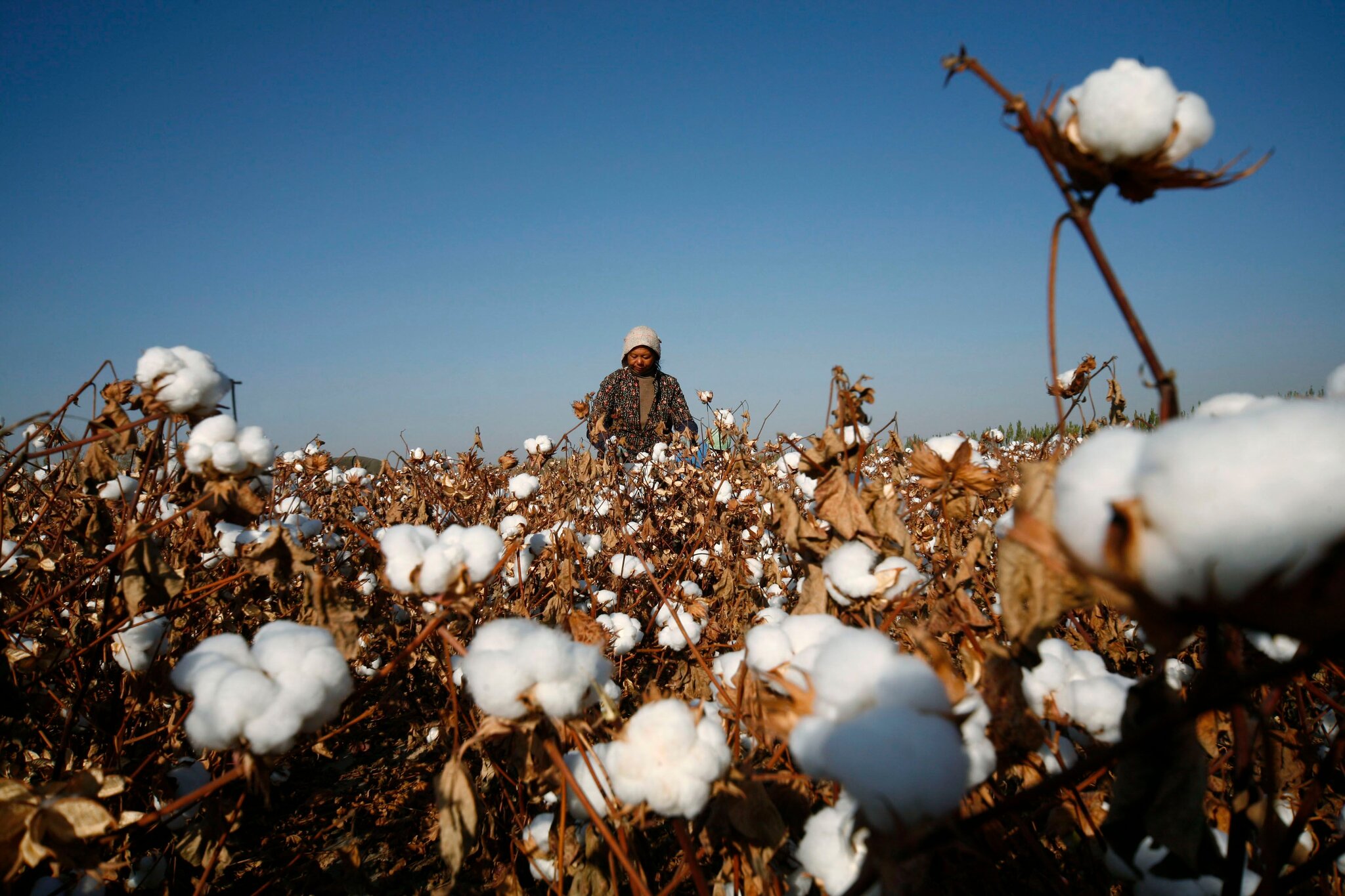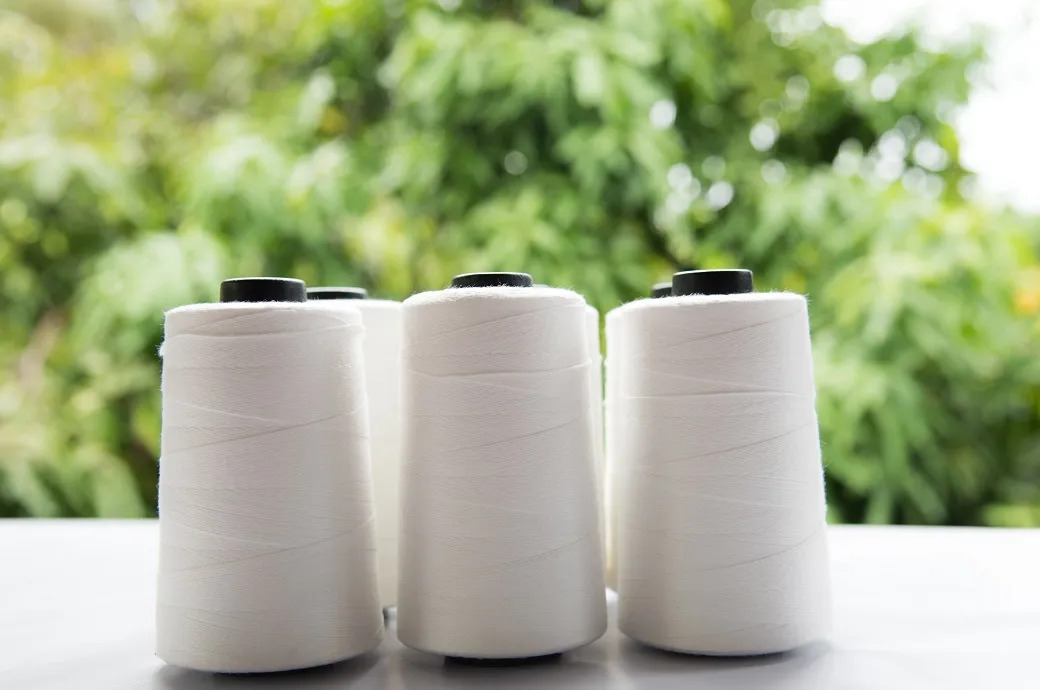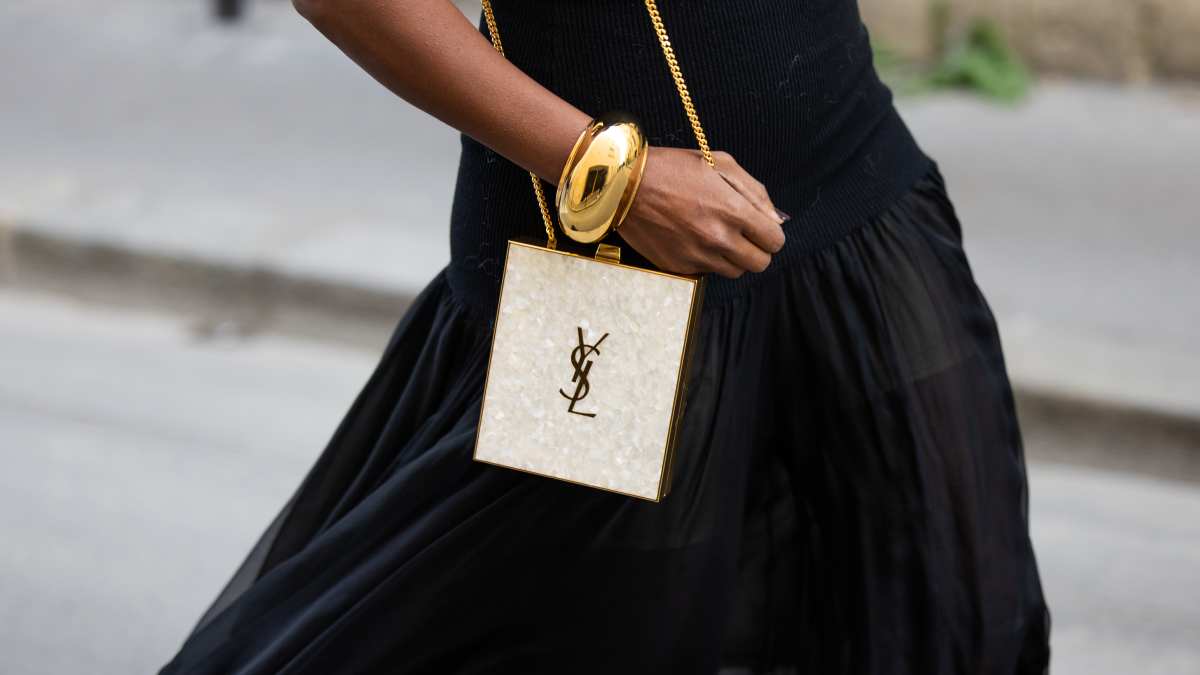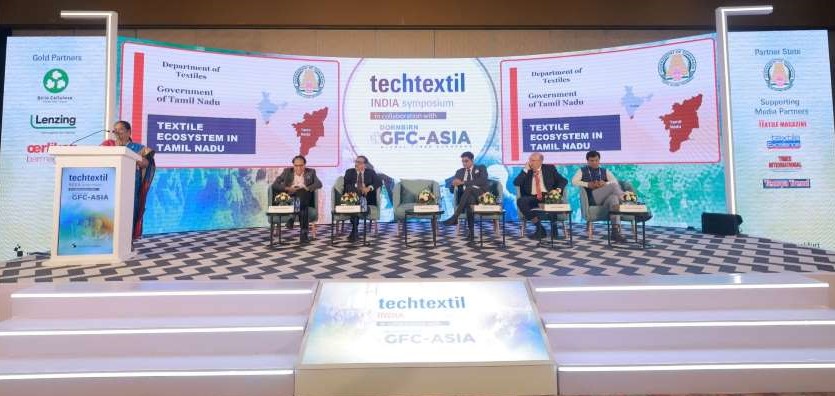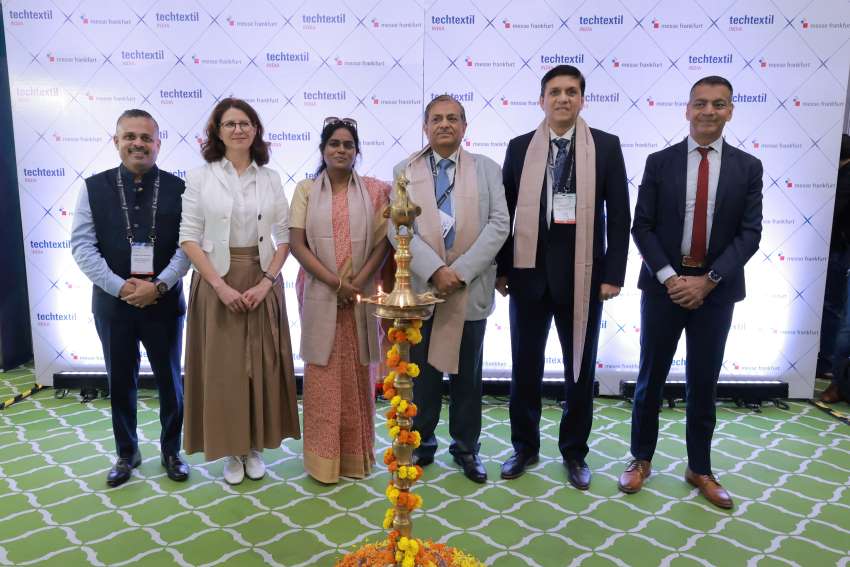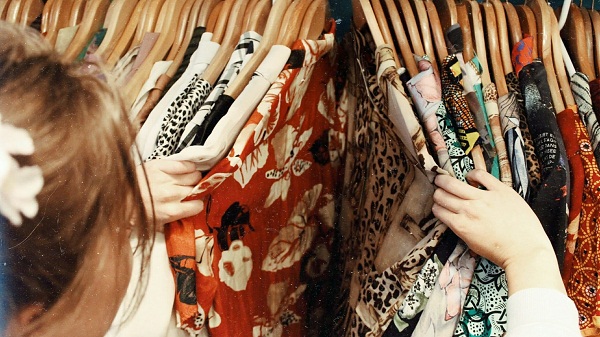
The pandemic has seen secondhand shopping emerge one of the hottest fashion trends across the world. People have become aware of their responsibilities towards the environment, and are buying more pre-owned clothes says, a report by the New York Times. A 2021 report by resale platform ThredUp and analytics firm GlobalData predicts, sale of secondhand clothes will rise to $77 billion by 2025.
The rise in secondhand shopping is being particularly witnessed in Malaysia, which has seen growing traffic at resale sites like: Etsy, eBay and Grailed. The country has many thrift stores from tiny roadside stalls to vast warehouses. Two of them are: Jalan Jalan Japan, with eight stores across the country; Family Bundle, a chain with numerous outlets in Kuala Lumpur.
Rise in bundle shopping
Over the last decade, Malaysia has witnessed a tremendous rise in secondhand shopping, also known as ‘bundle shopping’ in the country, says Naim Azhar, 28-year old employee of a cybersecurity company in Kuala Lumpur. In 2019, Azhar bought several luxury fashion items from thrift stores. Amirul Ruslan, a musician in Kuala Lumpur, also loves to shop in thrift stores. Though most of these stores are not present on social media, they stack well-known brands like the Japanese-owned Edwin, Adidas, Nike and Levi’s.
One such store, Maxstation, is made up of four canopy tents with walls of recycled tarpaulin. Nor Muhamad Mat Nor, Proprietor, Maxstation sells about 10 to 15 clothing items online per month with Japanese brands generating highest sales.
Most secondhand clothes end up in thrift stores for resale, says Adam Minter, author of “Secondhand: Travels in the New Global Garage Sale’. Thrift stores ship their excess clothes to exporters around the world who in turn sell them to secondhand sellers. US is one of the largest exporters of used clothing in the world, according to the Observatory for Economic Complexity. It exported used clothing worth $720 million in 2019. They were mainly exported to countries like Ukraine, Pakistan, Ghana, Kenya and Malaysia. In 2019, Burundi, Kenya, Rwanda, South-Sudan, Tanzania and Uganda banned clothing imports to protect homegrown garment industries. The ban is likely to cost 40,000 American jobs and $124 million in exports, says SMART, a US trade organization. The American government responded by raising tariffs on imports from those countries.
Infrastructure facilitates growth of secondhand clothing market
Secondhand clothing can be sold internationally only if a country has the required shipping infrastructure and a fairly globalized population like Malaysia, adds Minter. Malaysia has the population and disposable income required for this kind of business as it is likely to transit from a middle to high-income country in the next six years.
Malaysia also serves as manufacturing base for companies like Dell and Intel, which ship huge amounts of products to America. Its close proximity to Japan too facilitates import of rare and highly desirable merchandise from the country. Many garments sold on eBay and Etsy by Vivienne Westwood and Jean Paul Gaultier come from Malaysia, says Collin James, Founder, James Veloria, a Manhattan vintage store. Julian Jeo, Managing Director, DHL Express Malaysia and Brunei says, his company ships over 260 vintage clothing pieces from Malaysia to the US.
The secondhand clothing business is proving to be big for Malaysian sellers, says The Yoppy Ardiyanto, an Indonesian seller from Bandung City. He sold vintage racing jackets on Etsy for five years. Though increasing competition has impacted his business to a certain extent, he continues to operate in the secondhand clothes business.

